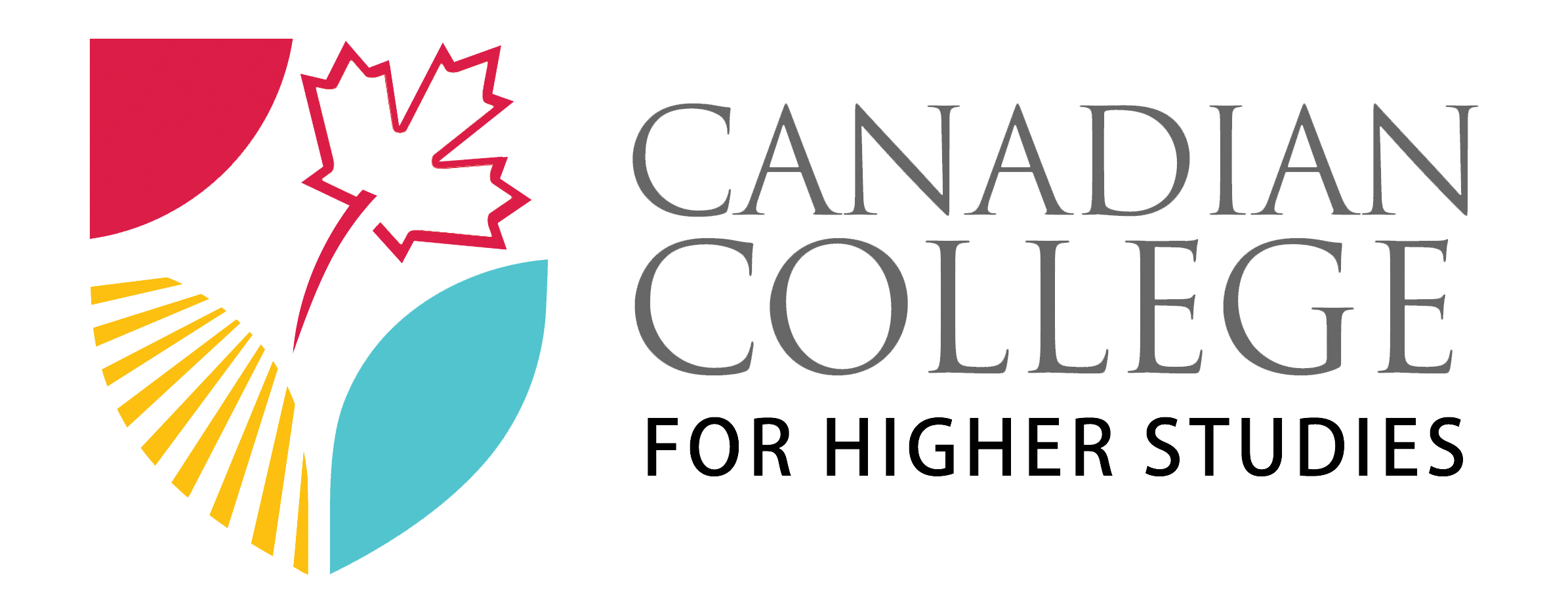Effective April 29, 2022, the Ontario government launches the program to help people who may face challenges finding stable jobs, such as gig workers, youth and people on social assistance. If you have been unemployed for six months or longer and are part of a low-income household, you may benefit from these changes. To better reflect the program’s expansion, Second Career has been renamed Better Jobs Ontario.
To learn more about Better Jobs Ontario, we extracted the Ontario.ca web page’s information.
Better Jobs Ontario provides eligible applicants with:
- skills training for in-demand jobs
- financial support
You can apply for up to $28,000 for costs, including:
- tuition
- books
- other instructional costs, including student fees, supplies and electronic devices
- transportation
- basic living allowance (up to $500 per week)
Additional funding may be available for:
- childcare
- disability-related supports
- living away from home
- Literacy and Basic Skills (LBS) and/or language training
Length of training programs
Better Jobs Ontario aims to help you rejoin the workforce quickly. The program focuses on training programs that take 52 weeks or less to complete, including micro-credential programs.
Better Jobs Ontario Eligibility
You qualify for Better Jobs Ontario if you either:
- have been laid-off and have not been working or are working a temporary job just to cover costs
- have not been laid-off but have been unemployed for six months or longer and are part of a low-income household
You can still apply if you receive either:
- Employment Insurance (EI)
- Ontario Works (OW)
- Ontario Disability Support Program (ODSP)
Laid-off due to COVID-19
While the Better Jobs Ontario program is open to unemployed jobseekers, a fast-track stream is available if you were laid-off because of COVID-19 and want to retrain for jobs in sectors that have potential future employment.
If your application meets all the following criteria, you will go through a faster approval process, giving you access to training sooner:
- You were laid off on or after March 1, 2020.
- You have a high school education or less; you were laid-off from an occupation requiring no more than a high school education and job-specific training, such as food and beverage servers, flight attendants and retail salespersons.
- You were laid-off from an industry hit hard by the pandemic, such as hospitality and food services, transportation and warehousing or wholesale and retail trade.
- You want to train for a career in demand in a local community or provincial priority area.
Preparing your Better Jobs Ontario application
When preparing your application, you will have to show:
- how long you have been unemployed, or working your temporary job, and looking for work
- places you have applied and positions you have applied for (for example, cover letters, CVs or resumes, and responses from potential employers)
- level of education obtained
- previous employment, how long you worked there, and skills that were required
- what skills you want to obtain and where you can get trained in them
The amount of support you will receive is based on individual needs and available funding.
When you apply to Better Jobs Ontario, you must provide information to support a financial needs assessment, such as:
- some of the costs to be covered during training
- your gross (before tax) household income
Connect with one of our student advisors today, that would be happy to assist you with your study plans and funding options. Please email us at [email protected] or take the free assessment through this link.

